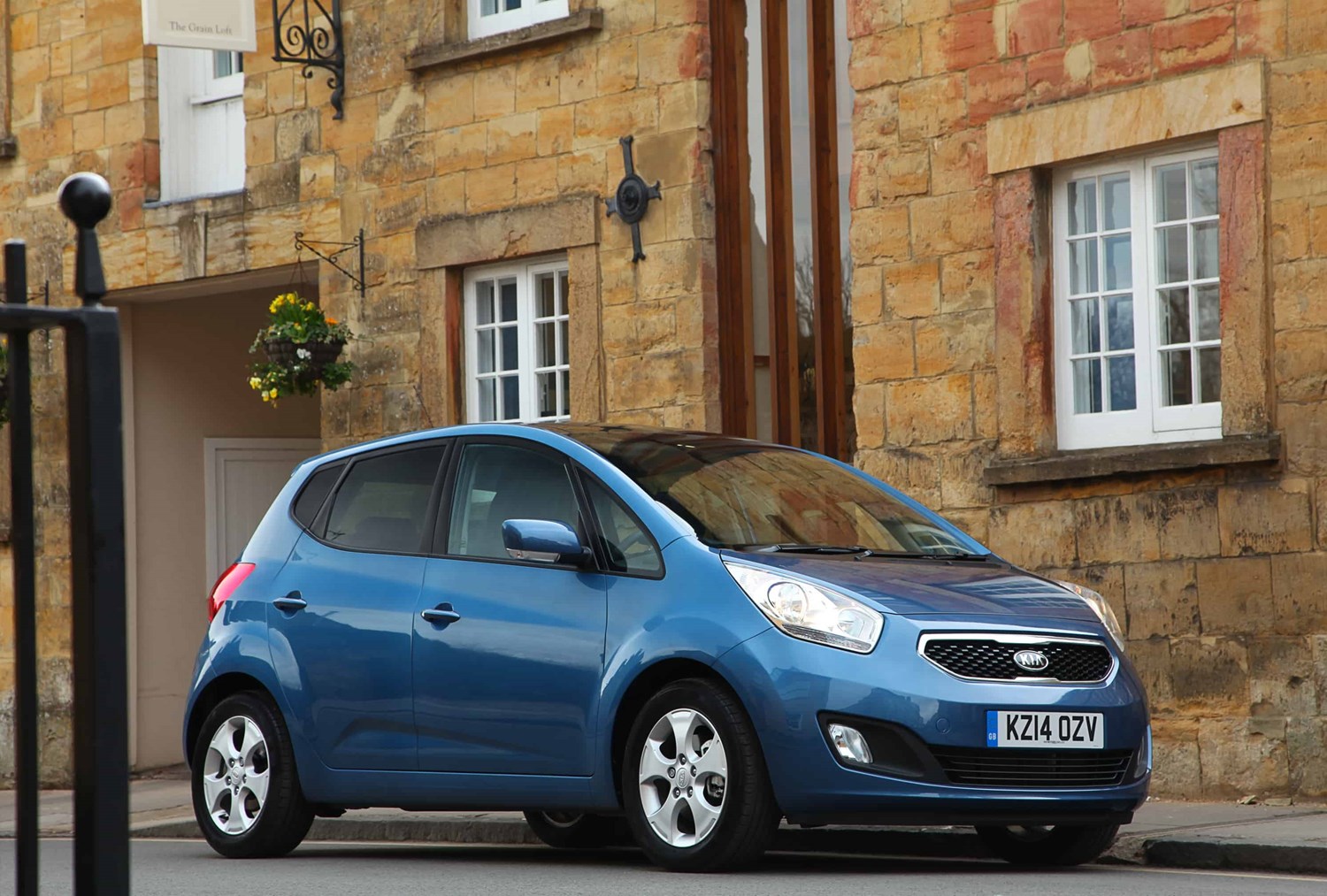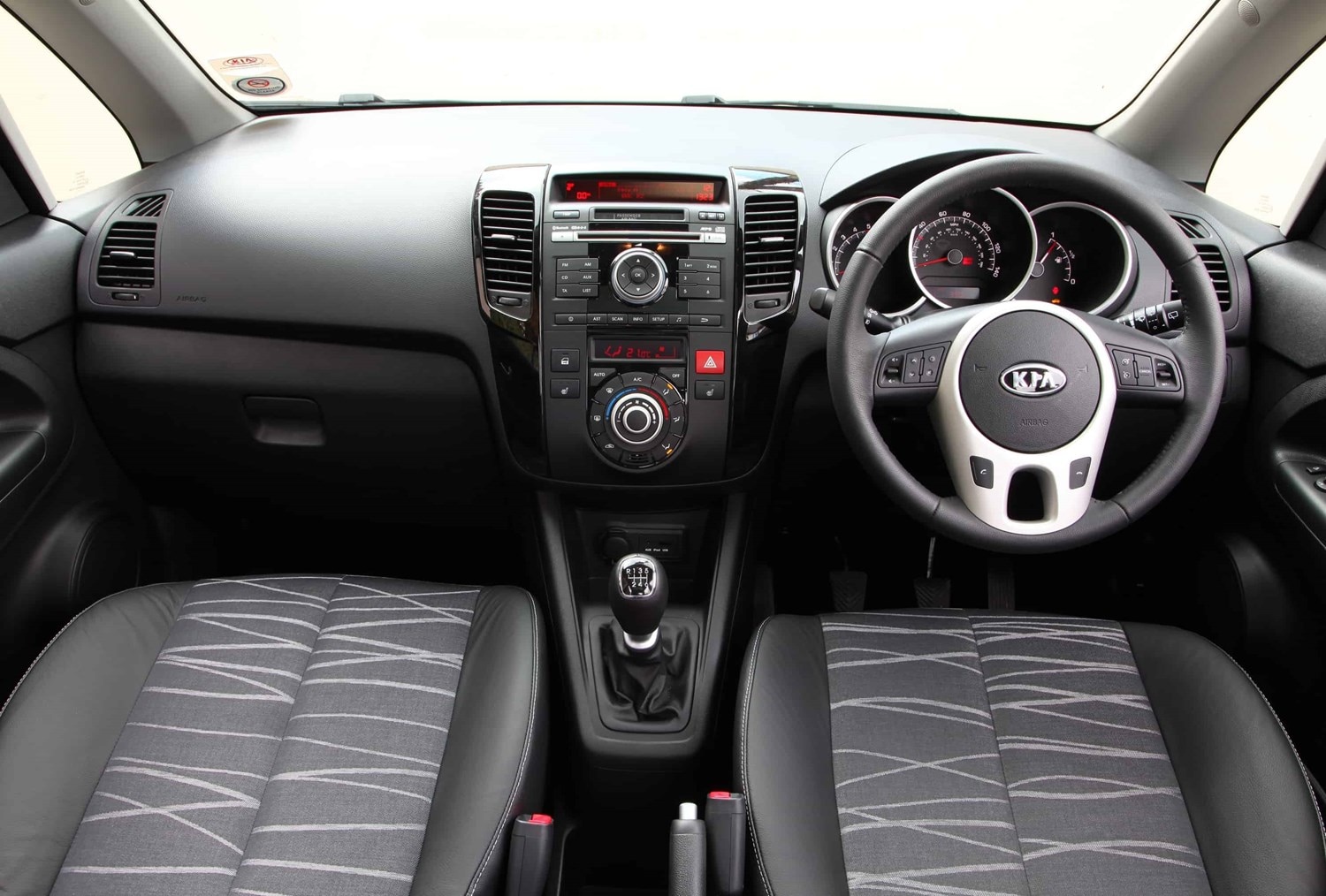Current model
Kia revealed a facelifted version of the Venga at the 2014 Paris Motor Show, with first customer deliveries following at the start of 2015.
The updated model features a larger grille with a new badge positioned above it, rather than within it. A new front bumper also features redesigned front fog lights and LED daytime running lights. Elsewhere, chrome accents, new alloy wheels and LED rear lights separate the updated model from the previous version.
In the cabin, buyers can choose from new seating patterns, a new heated steering wheel and a reversing camera for the first time, which aim to show the model moving further upmarket.
Improved efficiency was also offered from the engines, thanks to the addition of stop-start technology.
While the Venga still sells surprisingly well, its days are numbered, with small MPVs not in favour with modern buyers. Instead, small crossovers and SUVs are where the market has switched to, although Kia also offers an extensive number of models in that market, too.
Value for money
Throughout the Venga’s lifetime, it has always been a model that’s offered good value for money. Prices start from £15,630, which makes it a bit more expensive than most superminis, but it’s worth considering just how much more practical it is than smaller models. Standard equipment is also excellent, with rear parking sensors, 16-inch alloy wheels and a leather steering wheel included on the base model.
However, it’s the used market where the Venga represents the best value for money. Prices start from just £2,000, which buys a 2011 car with higher miles, while around £2,500 will buy a car with around 70,000 miles on the clock. Facelifted versions come in at under £6,000, which is great value for a car less than four years old. You can expect to save at least £2,500 off the price of a nearly-new model, too.
Looks and image
The Venga is a car which isn’t going to pull at the heartstrings. Its bubble-like shape looks a bit outdated next to modern cars, and next to the latest breed of crossovers, it’s not a massive surprise that the Venga isn’t a big seller by comparison. However, the smart front grille and LED daytime running lights are stylish touches.
It’s a similar story on the cabin, which comes with a rather drab and cluttered cabin. You have to upgrade to the mid-spec ‘3’ version before you get a touchscreen – a seven-inch unit with satellite navigation, although it misses out on the same levels of smartphone connectivity as newer rivals. While it’s very roomy and feels light and airy, the cabin quality is a bit disappointing, with a few too many cheap plastics used in the cabin.
The Venga is a model more tailored towards comfort and a sedate, relaxed driving experience, which is what most buyers will be looking for. Press on and the Venga’s top heavy stance shows. It’s not a car that performs well in the corners and isn’t what you could describe as ‘fun’, but to many buyers simply valuing comfort and affordability, the Venga will be perfectly suited.


